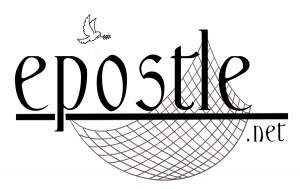The Fool’s Ego
Armodoxy of Today: The Fool’s Ego (Advent Series)
The Parable of the Rich Fool is the scriptural passage of this day of Advent. In our quest to learn the Essential Teachings of Christ as expressed in the Sermon on the Mount, the Armenian Church asks us to meditate on this parable. In it, Jesus’ refers to a man as a fool, in contrast to what he teaches us in the Sermon on the Mount, against calling anyone a fool. (Matthew 5:22)
A man, Jesus tells us, marvels in the abundance of his harvest and builds bigger storage units, saying to himself, “I will take it easy; eat, drink, and be merry.” But that night, Jesus continues, the man’s soul was demanded of him.
As we read the parable in Luke 12 the message unfolds clearly, that the life we live is temporary as are the goodness and wealth we enjoy in this life. For whom or for what purpose did he amass this wealth? He didn’t consider anything but himself and his wealth. That’s why he was a fool. The lesson against materialism is clear. The lesson we may miss, however, is the underlying root of our greed and skewed priorities, which betray us to foolishness.
Jesus provides an insight into the psyche of the fool by mouthing the fool’s argument. As I read it, listen carefully how the man’s ego is undermining his ethics. One third of his speech is consumed with self-recognition and self-glorification. Jesus tells us that the man, after contemplating his wealth, said to himself, “I will do this: I will pull down my barns and build greater, and there I will store all my crops and my goods. And I will say to my soul, ‘Soul, you have many goods laid up for many years; take your ease; eat, drink, and be merry.’”
Ego is the biggest obstacle to our happiness. We live thanks to the Grace of God. We are a collection of the prayers of our grandparents, the care of our parents, the companionship of friends, the movements of our teachers, the love and care of people who we have touched with our love. A journal activity for this week is to record all that you are, because of whom? The lesson of the Rich Fool, on this first week of Advent, provides the necessary key to understanding and accepting the Essential Teachings of Christ.
Pray then, All benevolent and almighty refuge and hope of the weak and the troubled, my Lord and my God, who created everything from nothingness protecting your creation. Draw closer to me with Your unspeakable mercy and have mercy upon me, a sinner. Amen.
Cover: Luna & Gregory Beylerian, 2023


